hip dysplasia in cats uk
Affected animals have a normal joint at birth but for some reason the soft tissue support of the joint does not keep pace with the growth of the bones. With cat hip dysplasia the fit is poor and misshapen.

Why Do Maine Coon Cats Get Hip Dysplasia
Maine coons and females are especially at risk for it.

. THR surgery is carried out in dogs and cats with persistently painful hips who are not responding satisfactorily to medical management ie. Thus laxity in kittens is thought to play an important role in the pathogenesis of hip dysplasia. Hip Dysplasia is basically a poor fitting hip joint.
In fact its believed up to 20 show signs of the condition. The condition tends to be worse in medium - large breed dogs fast growing. As the hip joint is a ball and socket.
A grouping of muscles holds the femoral head in place and allows for movement of. Hip dysplasia is one of the most common orthopaedic conditions in dogs but can also be seen less commonly in cats. Also you should ask your vet what happens if the femoral osteotomy isnt successful.
This is a condition where there is abnormal development of the hip joint. In some cats hip dysplasia will not cause any obvious disease but in others especially if more severely affected over time significant and painful arthritis may develop. In fact even domestic shorthair cats can develop hip.
23 August 2021. Genes are not solely responsible for whether a dog with the genetic potential for hip dysplasia develops the condition. It is a ball and socket arrangement.
Increased hip laxity is associated with an increased incidence of degenerative joint disease in the hip Arthritis. While hip dysplasia is most commonly associated with dogs and is certainly more common in dogs than it is in cats nevertheless our feline companions may also be affected by the condition which can lead to pain difficulty moving freely and a progressive degeneration of the hip joints. The environment under which the cat lives can exacerbate the illness.
Dogs with hip dysplasia usually begin showing symptoms while they are growing at around 5-6 months of age. Hip dysplasia is abnormal development of the hip joint. There are two forms of surgery for hip dysplasia.
Hip dysplasia is both an inherited condition as well as being caused by environmental factors. Theres a hereditary component to hip dysplasia in cats. Hip dysplasia occurs when the ball and socket joint that make.
So as each case is individual I think that a specialist opinion is best sought before any surgery. The mode of inheritance is polygenic. Hip replacement is very expensive.
The femoral head is sometimes referred to as the ball. This is a condition where there is abnormal development of the hip joint. Hip dysplasia in cats Hip dysplasia is usually associated with large breeds of cats but some cats breeds can get it too especially.
Hip dysplasia generally starts in cats when theyre still kittens. They should come together in a nice fit. Persians Maine Coons Himalayans Again its generally caused by a genetic predisposition with weight and nutrition playing a role.
This is simply because they bear more weight on the area. Some dogs with hip dysplasia fail to respond satisfactorily to medical treatment and in these dogs surgery may be indicated. Maybe 4500 - 5500 per hip joint.
Hip dysplasia is the most common orthopaedic condition in dogs and is often diagnosed between 6 and 12 months of age. Hip dysplasia is the abnormal development of the hipbone and the femur coxofemoral joint. Under normal conditions the femoral head fits snuggly into the hip socket.
It is the most commonly diagnosed orthopedic disease in dogs Hip dysplasia is inherited. Exercise restriction weight control and cautious use of pain killers. The incidence of hip dysplasia in domestic shorthair cats is low just over 5 percent but runs as high as 20 percent in.
It is a developmental condition meaning that the shape of the pelvis is normal at birth but becomes progressively abnormal as the animal grows. Signs of hip pain include difficulty rising and jumping stiffness lameness restlessness and reluctance to exercise and play. Long-term drug therapy should be avoided if at all possible in view of potential side effects where alternative and effective treatment options are available.
A definitive diagnosis of the condition can be achieved by an x-ray of an apparently painful hip joint. Clinical signs of feline hip dysplasia include limping or other apparent difficulties in walking avoidance of physical activity expression of pain if the hip is touched and persistent licking or chewing at the hip area. Hip dysplasia is when the hip joints dont fit together properly and become unstable.
As in the dog hip dysplasia in cats is assumed to result from a combination of genetic several genes are likely to be involved along with environmental dietary and lifestyle factors. The ball is the top of the femur leg bone and the socket is part of the pelvis. Cat hip dysplasia refers to an abnormality of either the hip socket also known as acetabulum or of the femoral head.
Hip dysplasia affects the shape of the ball and socket joint in the pelvis. The consequence of this abnormal development is joint laxity or instability. Signs of Hip Dysplasia in Cats Lameness or limping that gets gradually worse Trouble jumping Exercise intolerance Lethargy andor irritability due to pain Stiffness and decreased range of motion in on or both rear limbs Muscle loss in rear limbs 1.
A new paper from Michigan State University examines potential causes of hip dysplasia in cats and describes therapies for treating the condition relieving our feline friends of pain and possibly saving their lives. Hip dysplasia in cats is a genetically inherited malformation of the hip joint. There is a genetic component to the condition but a puppy is born with normal hips and the abnormalities develop as the dog gets older.
Its not just the larger boned cats that suffer though as smaller breeds including the Devon Rex are also prone to hip problems. Hip dysplasia causes pain swelling stiffness and eventually arthritis. Hip dysplasia affects many species including the human.
The laxity can develop as early as 7 weeks of age. Using hip scores published by the British Veterinary Association heritability for hip scores of German Shepherd dogs was 030002 which suggests moderate genetic variation Wilson et al 2012. In more serious cases it can lead to bones forming in unusual places damaged cartilage from unnatural motions arthrosis because of their limp and paralyzing pain.
Hip dysplasia is a complex condition in dogs and cats in which the hip develops abnormally as the young animal grows resulting in abnormal articulation of the ball and socket hip joint between the femur thigh bone and pelvis. The condition leads to joint laxity slackening of the soft tissues around the joint.

Hip Dysplasia In Maine Coons Is More Severe When It Affects Both Hips

New Knowledge And New Treatments For Feline Hip Dysplasia College Of Veterinary Medicine At Msu

Hip Dysplasia A Surprising Cause Of Litter Box Aversion In Cats Cattime Litter Box Training Kittens Cat Training Best Cat Litter

Hip Dysplasia In Cats Signs Treatment And Prevention Daily Paws
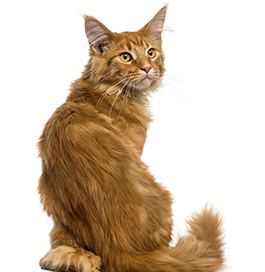
Hip Dysplasia Cornell University College Of Veterinary Medicine

Catit Litter Mat Small Catit Litter Mat Litter Litter Box
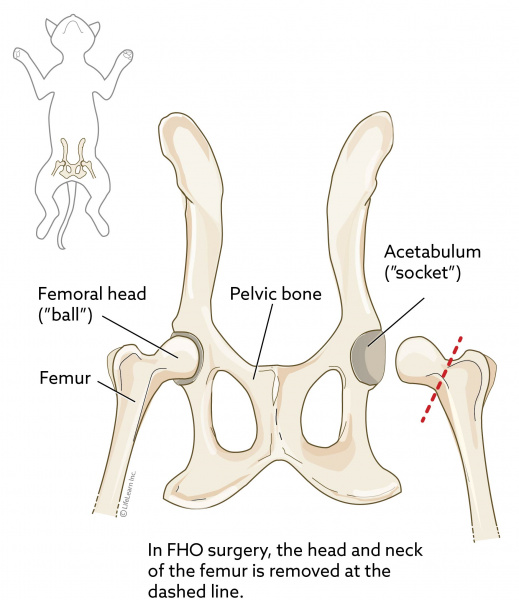
Femoral Head Ostectomy Fho In Cats Vca Animal Hospitals
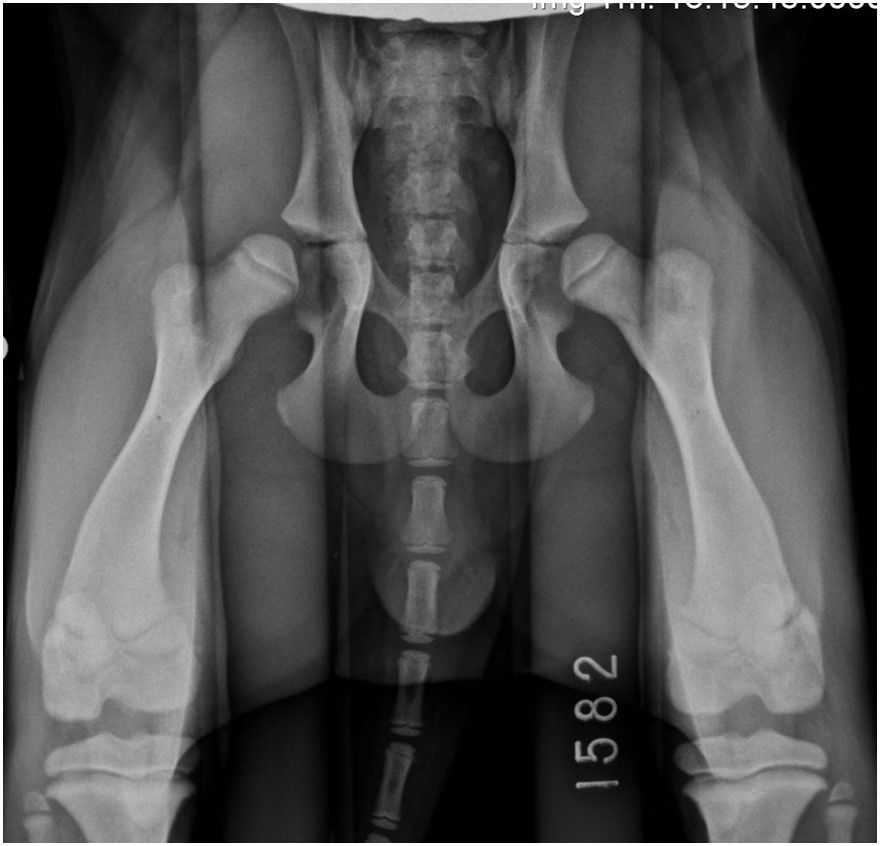
Hip Dysplasia Fitzpatrick Referrals
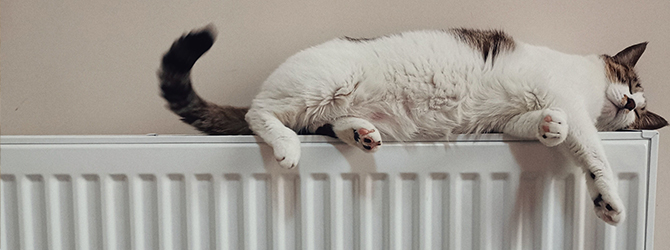
Hip Dysplasia In Cats Causes Symptoms Prevention My Family Vets
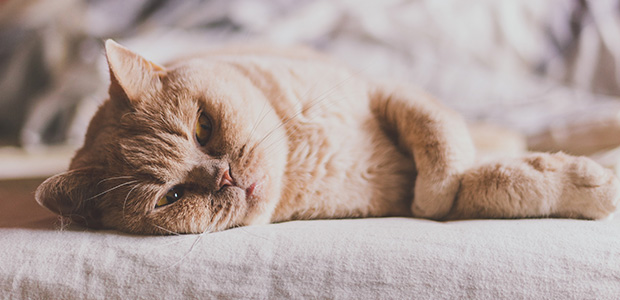
Hip Dysplasia In Cats Causes Symptoms Prevention My Family Vets

Hip Dysplasia International Cat Care

Cat Arthritis How To Read The Signs Cat Illnesses Cat Health Problems Pet Blog

Lameness Hip Dysplasia Cats Youtube

Breed Health Finnish Lapphund Club Of Victoria Inc Canine Hip Dysplasia Finnish Lapphund Hip Dysplasia
